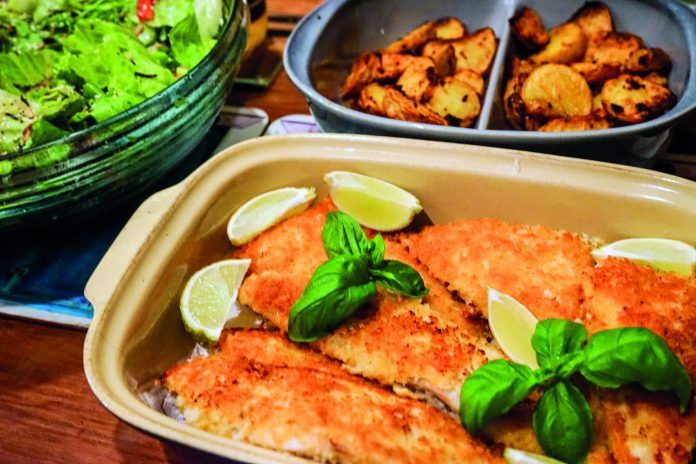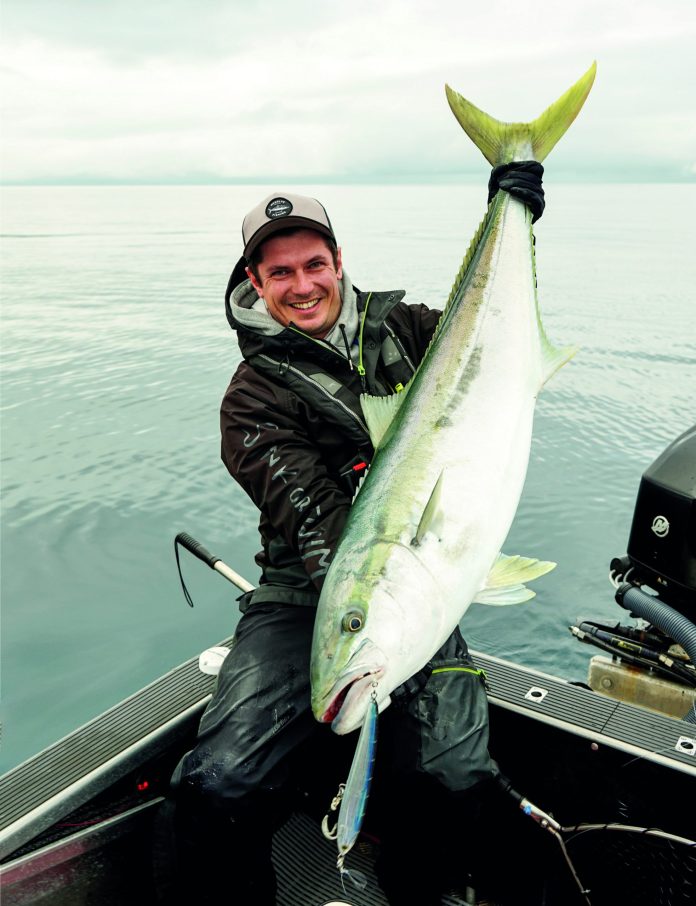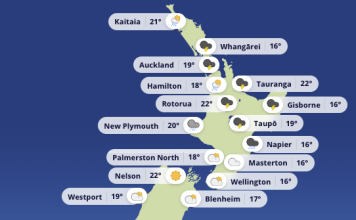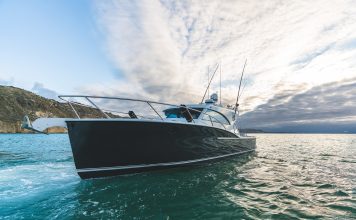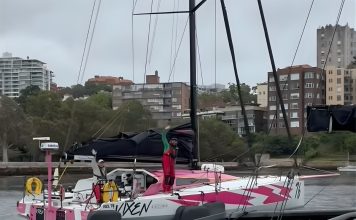The planet might be warming, but we can still expect several months of cooler weather.
When this happens, some fish species head off for warmer or deeper water, while others move in. Because fish are largely cold-blooded lower water temperatures cause their metabolisms to slow down, so they tend to feed less often.
As fishers we must adjust our approach or risk failure.
But first, let’s talk about wind, because wind can impact massively on your fishing… Bloody south-easterlies… and yay for north-westerlies!
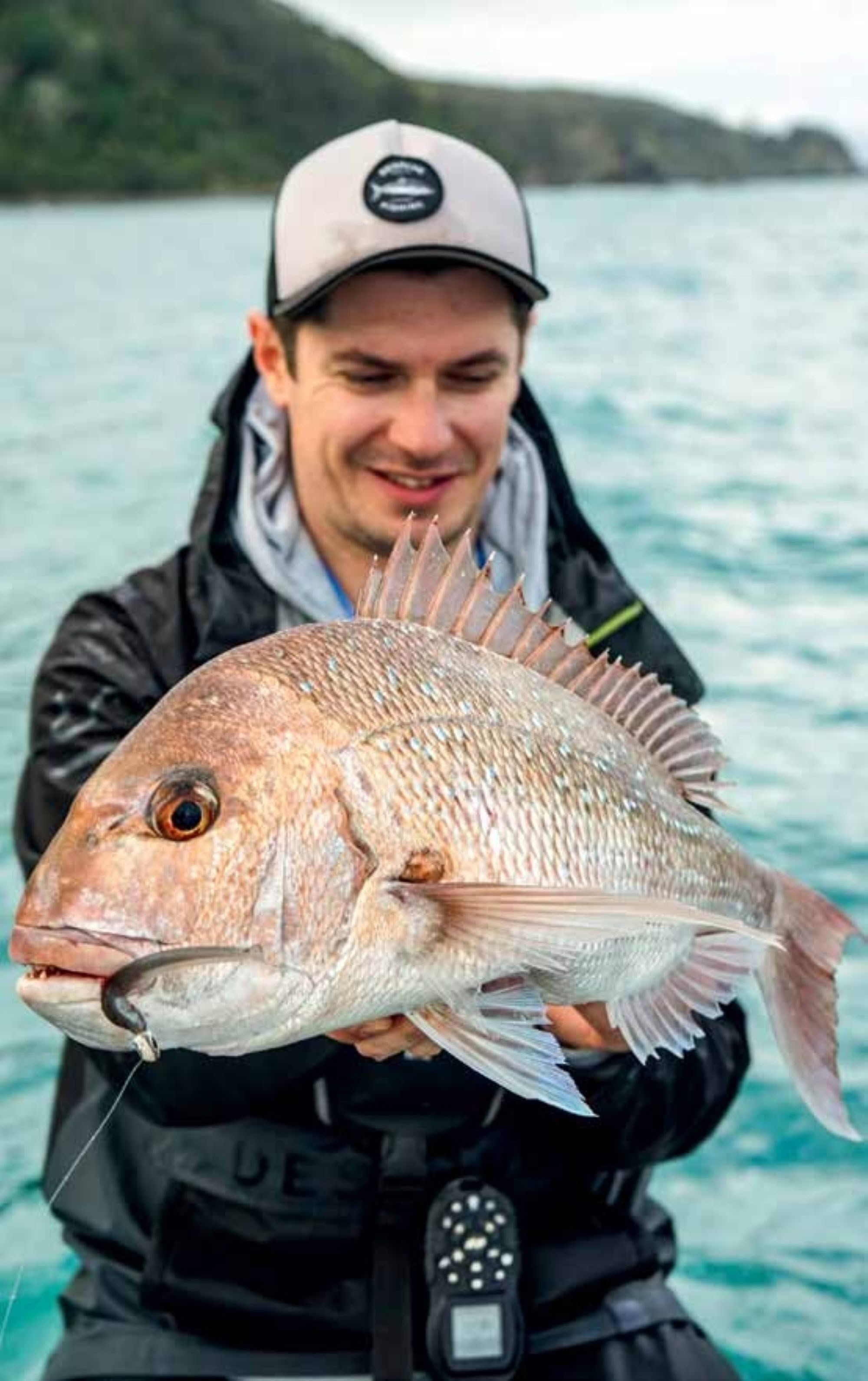
I don’t like southerly or south-easterly winds when they blow over 10 knots, especially in winter. It’s still not clear to me why something that’s happening above the water’s surface affects the behaviour of fish in the water below, but it does. Fish shut their mouths, making them much harder to catch. I’ve observed this phenomenon too many times for it to be a coincidence.
Since the opposite tends to occur whenever relatively warm northerlies or north-westerlies are blowing, that’s when you can find me out on the water.
However, if your only option is to go fishing during a south-easterly, you can reduce its detrimental effect by seeking out a lee shore or tucking in behind a good sized island sheltered from the breeze, especially if the wind and tide are moving in the same general direction.
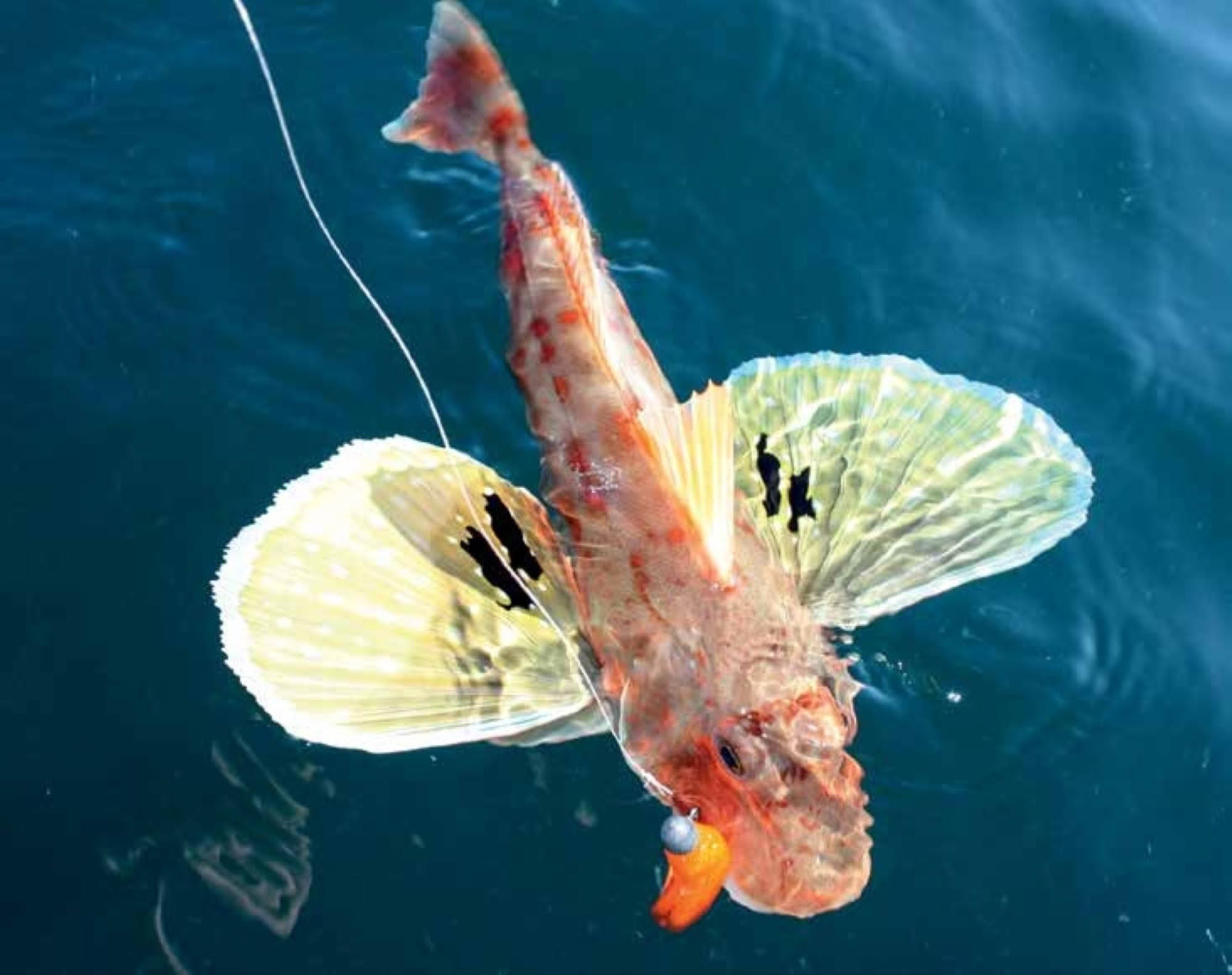
BAIT AND BERLEY
Berley matters: As already mentioned, many fish species, including snapper, tend to be less active and feed less often when water temperature is lower. It therefore pays to use berley to ‘awaken’ their appetites – a trail of fishy soup wafting downcurrent acts on fish in much the same way the aromas emanating from a bakery or restaurant bring on hunger pangs for us.
Except over on the west coast. Unfortunately, various nuisance shark species out west tend to be the first to respond to a berley trail, making a nuisance of themselves at the boat and taking a toll on terminal tackle.
Bait ‘er up: In most parts of New Zealand, fish abundance tends to decrease over the winter(or perhaps they are just harder to catch?), but on the plus side, the average size of snapper tends to improve, at least in more northerly regions.
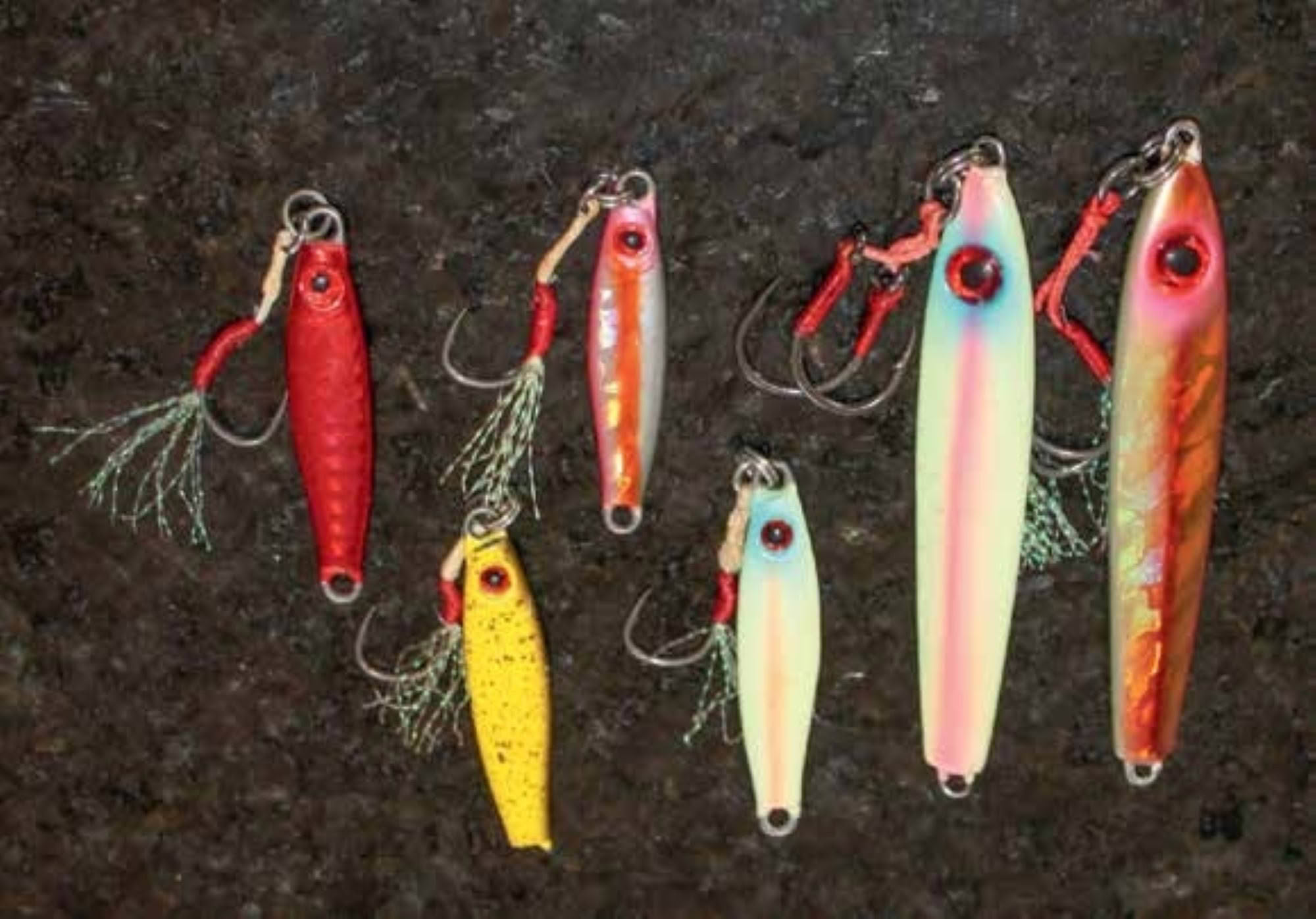
However, while I love using substantial baits (a lightly weighted, freshly-stunned mackerel is probably my favourite bait for big snapper, with the odd bonus kingfish as bycatch!), it is often lightly-weighted chunks of bait fish that attract the most bites, from fish of every size, while big baits remain untouched. This is not always the case, but it happens frequently enough, so keep this strategy in mind if bites on larger baits are slow in coming.
Smaller baits also appeal to other worthwhile table fish, such as gurnard and trevally. So tie on a small, strong 3/0 recurve hook on the end – such hooks are designed to slide up into the hinge of a fish’s jaw and are effective on fish of any size or sort. Just don’t respond to bites by heaving back on the rod – striking only serves to bounce the re-curve hook out of the fish’s mouth. A steady lift of the rod is all that’s necessary.
It can also be worth dropping a live bait over the side for a john dory in winter, as dory tend to hang around baitfish schools, which are often associated with structure. Use plenty of weight (sinkers around six-eight ounces are about right) and a sturdy 15-24kg outfit just in case a winter kingfish shows up!
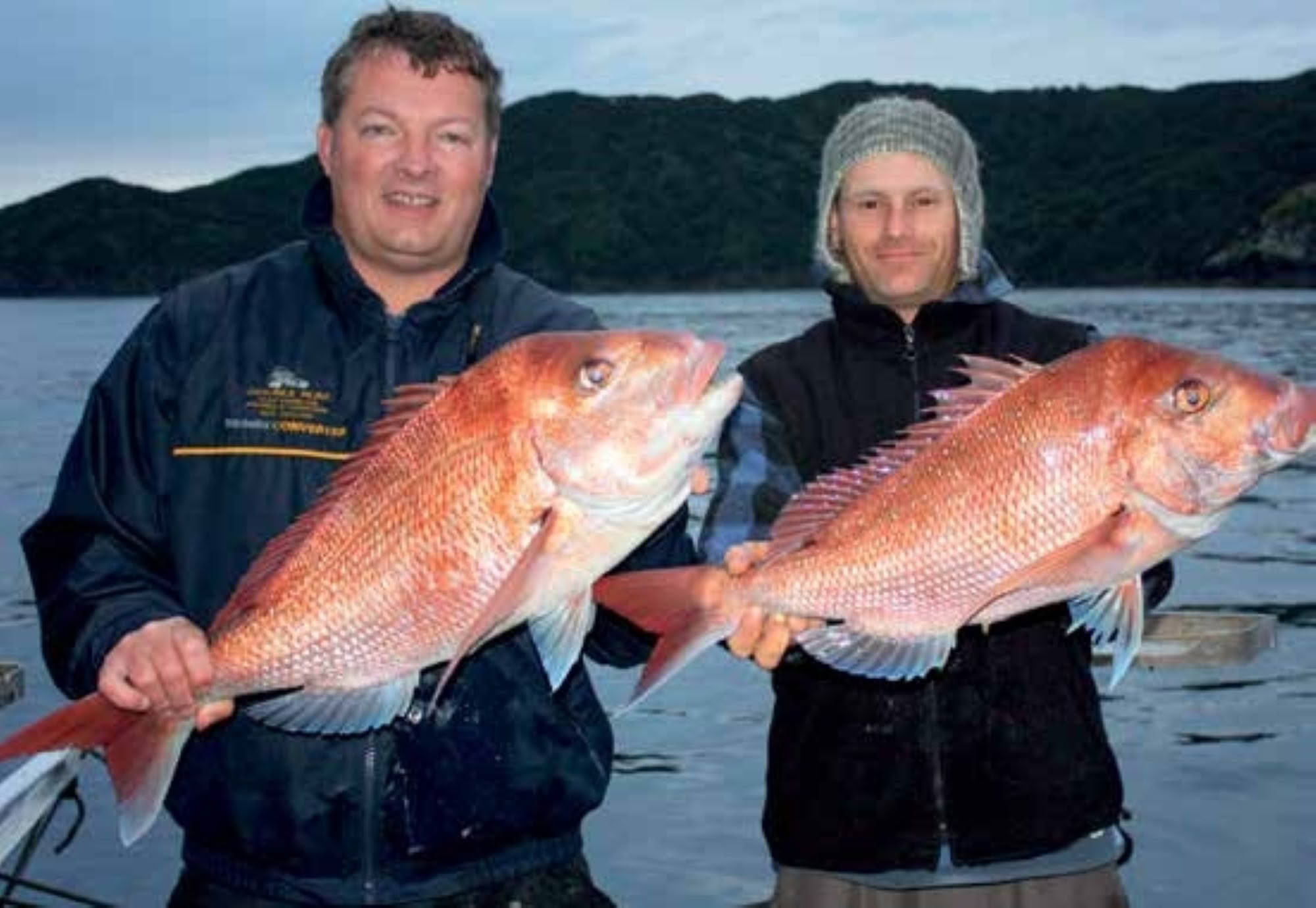
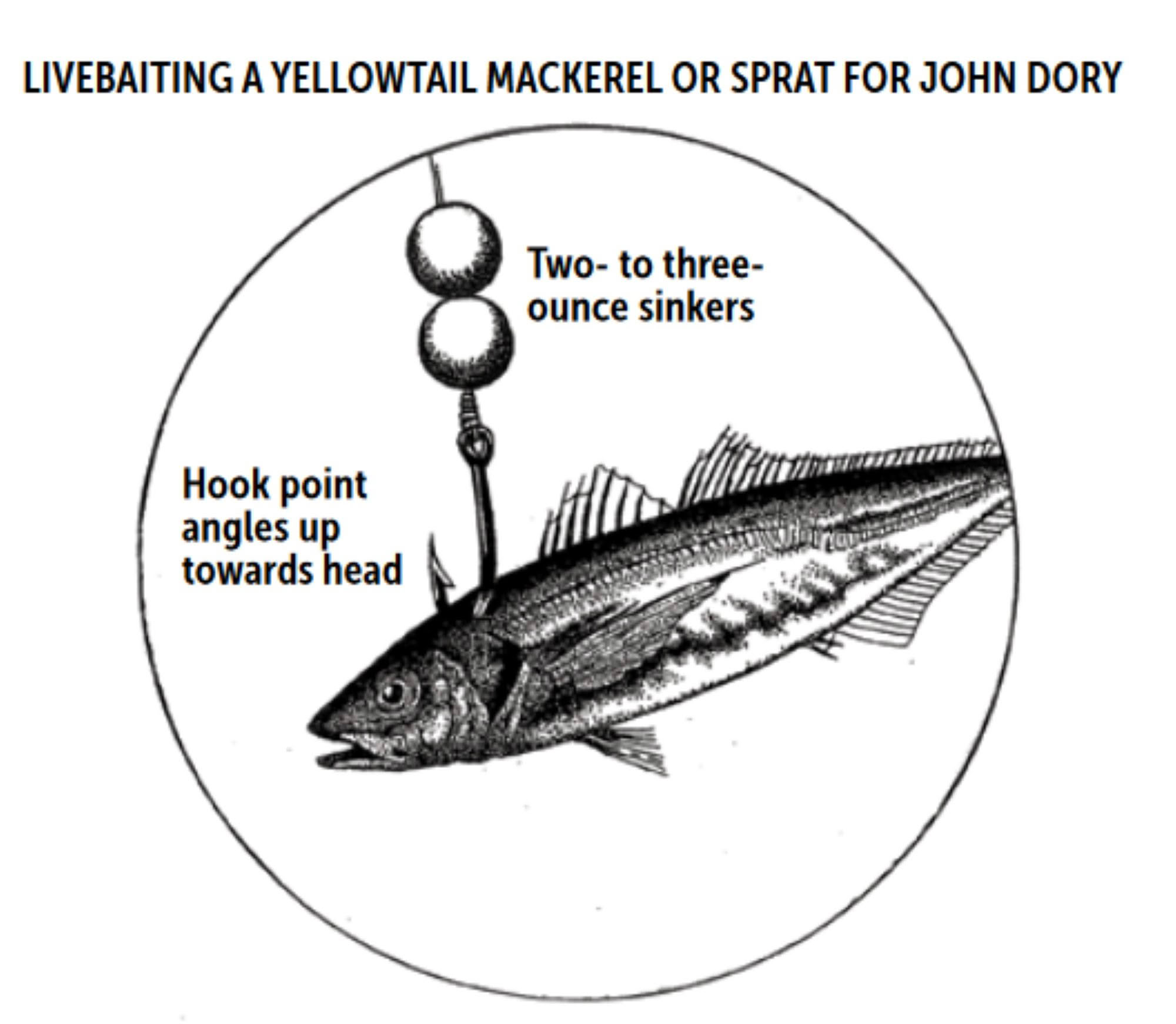
FISHING WITH LURES
It’s surprising how many people think that lure fishing is for summer only. While it’s true that you’ll catch fewer fish on lure in winter than in summer, especially when targeting snapper, the fishing can still be amazing at times and fish size can pleasantly surprise!
Jigs: Just as the warmer months, I recommend 90-140g slow-jigs or slow-pitch jigs when fishing in 35-55m of water. Even so, there are times when it seems all the fish showing on the sounder have their mouths Superglued shut. I’m usually prepared to persevere until I find a co-operative school (or the ‘bite time’ window opens), but on several occasions I’ve turned the day around by adding a strip of squid or a tentacle to my jig hook.
Only one, mind you, and cut very slim. While it’s tempting to add a more substantial bait, its bulk affects the lure’s action and can result in fish scoffing the whole assist rig, making retrieving the hook tricky, which often results in a dead fish. So, just a taste and no more!
Interestingly, we’ve also found that after hooking a few snapper using jigs sweetened with bait, snapper often start hitting lures fished without bait. Perhaps the initial feeding activity excites other fish in the school, or maybe hooked snapper that regurgitate as they are being brought up provide berley that encourages others to feed.
If fishing shallower, in 10-20m say, try a 20-35g tungsten jig. Such lures sink quickly, stay put in the current, and are supereffective with only the tiniest of jiggles and stuttering lifts. Used on light, whippy rods, such jigs are lots of fun and have saved many a fishing day from disaster.
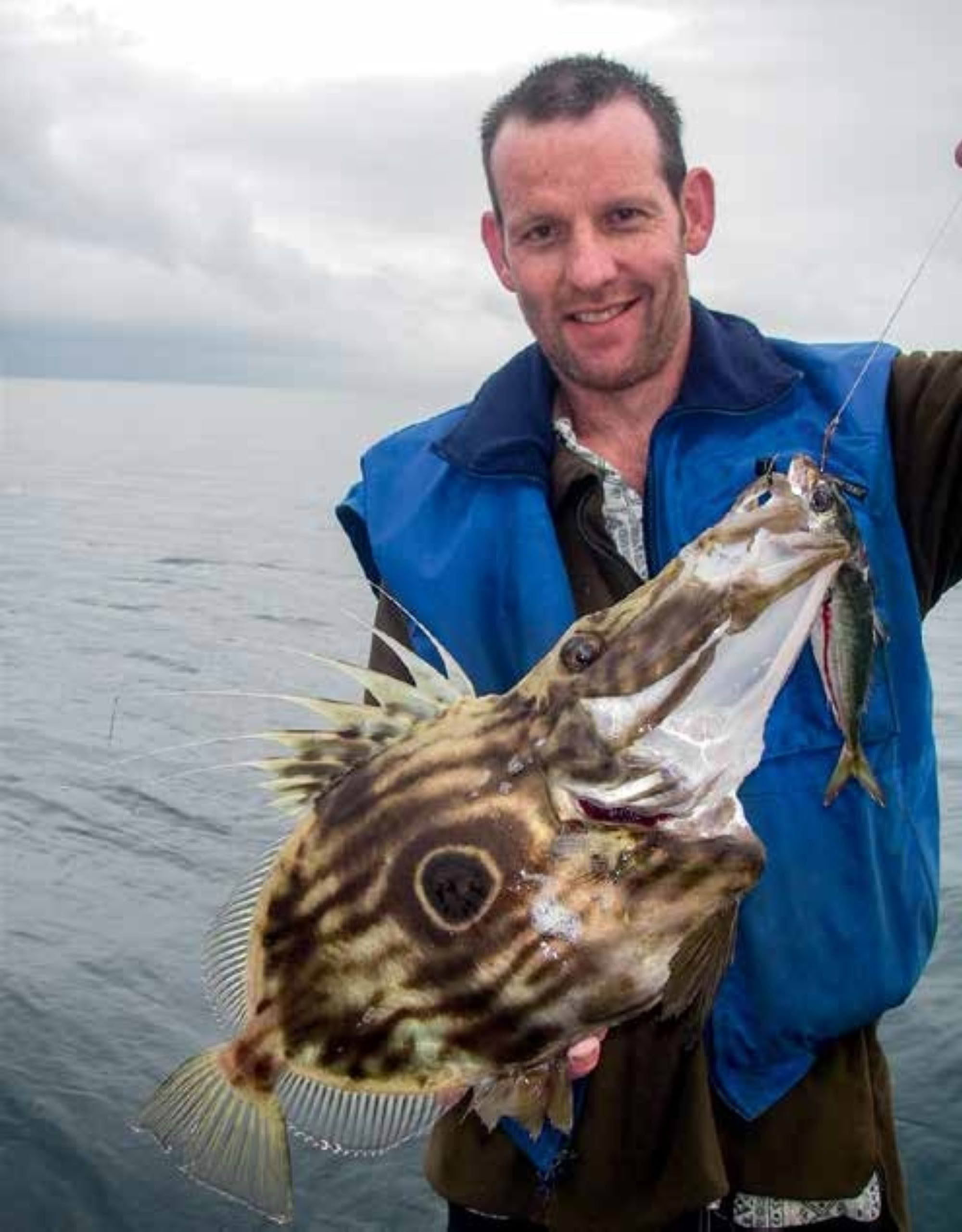
Soft-baits: When other anglers hear I’m planning to use 7-inch (18cm) soft-baits over the winter months for snapper, some raise their eyebrows. “Oh, I thought you’d go smaller over the cooler months,” is a common response.
And I am. After all, a 7-inch soft-bait is only half the size of a typical pilchard. So if the fishing venue is a good one with the potential for large fish, large soft plastics remain a good option.
Of course, if I’m fishing local waters for more modest-sized fish, then 4 or 5-inch (10-13cm) baits may be a better choice – or join me for some ‘micro-baiting’. It’s amazing how often fish of various species, even in heavily pressured fisheries like the Waitemata Harbour, smash small, lightly weighted soft-plastics presented on light traces, but leave larger offerings untouched.
What I also like about the micro-baiting option is that, in addition to the usual snapper and kahawai, smaller ‘baits also attract gurnard and trevally, which are welcome bycatches.
A lot of people pack away their fishing gear over winter, but not me. The boat ramps are empty, calm mornings often stay calm all day, most of the small snapper have left, leaving just better-sized fish, and there are fewer boats to disrupt your fishing or pinch your fishing spot’s GPS coordinates. What’s not to like? BNZ
















